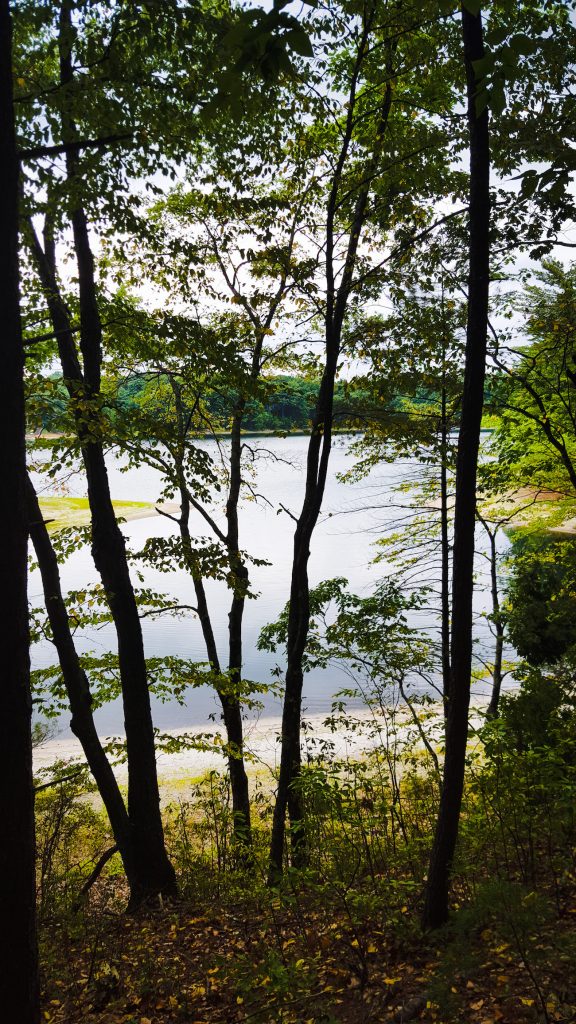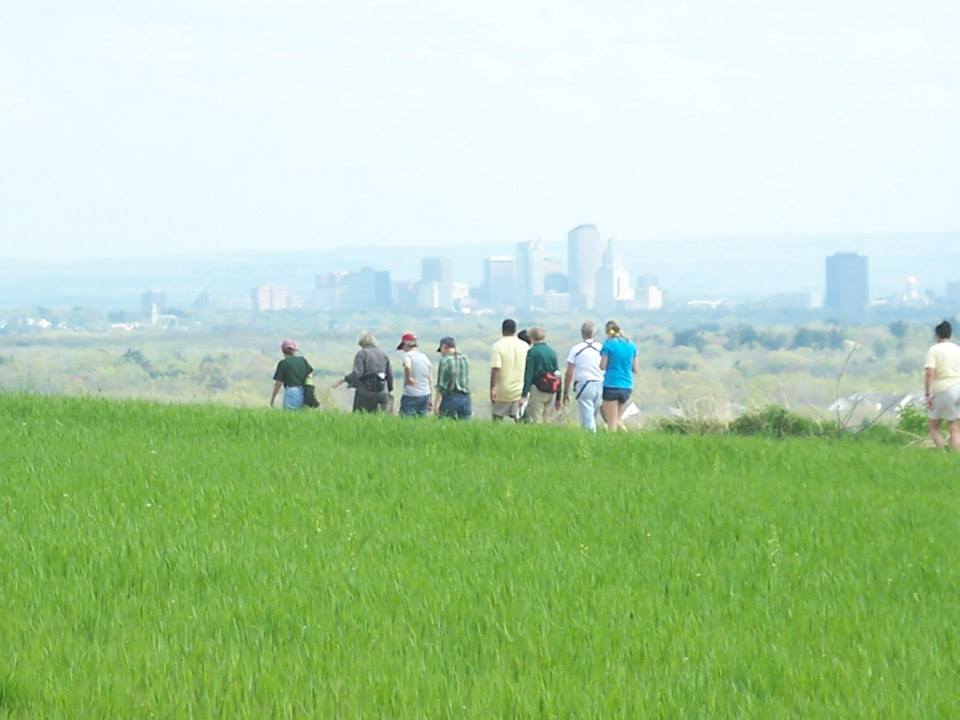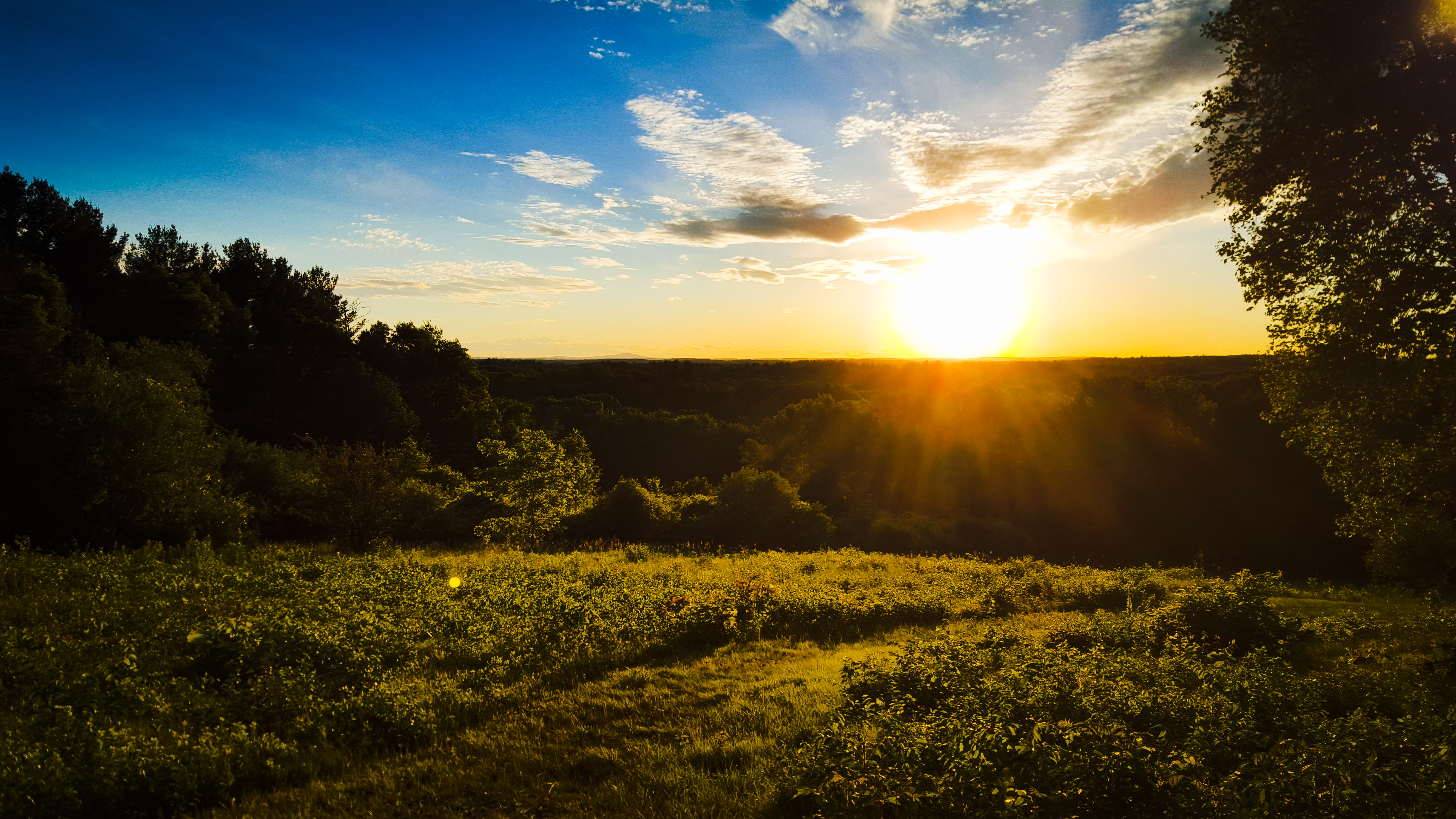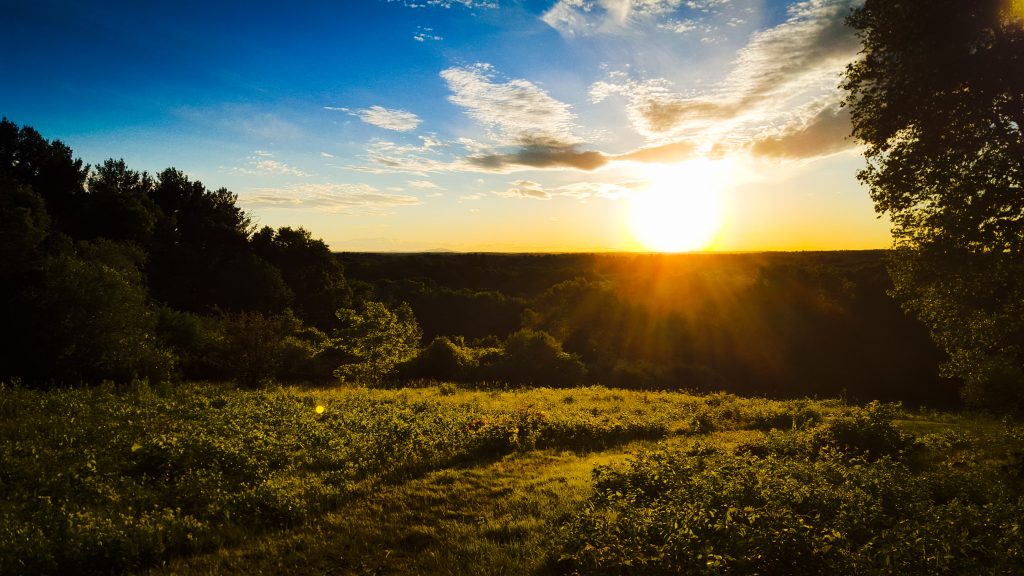
Each morning I walk out my side door and amble a few hundred feet to a kiosk that marks the start of public trails. The land is conserved by the Town of Concord, Massachusetts and provides access to White Pond, proximal to Walden Pond and also frequented by Henry David Thoreau. It is a frequent reminder of the good fortune I’ve had all my life to connect with and care for special pieces of land.
But I am one of the lucky ones. And for each person like myself who has had a special connection to the land, there exists many more in this country who are not so concerned with the protection of land. Abraham Maslow’s hierarchy of needs is a useful tool and reminder. Without the fulfillment of more basic needs such as safety, food, and life’s day-to-day necessities, its not surprising that our friends and neighbors may not be attune to the benefits of conserved land.
That is in part why I took a position as New England Program Assistant with the Land Trust Alliance in partial fulfillment of my Master’s degree at Bard Center for Environmental Policy (CEP). At the risk of sounding too “meta,” I believe that a return to the land can help alleviate some of our societal woes.
The Land Trust Alliance is a national conservation organization whose mission is to save the places people love by strengthening land conservation throughout America (emphasis added). Conserved lands offer society and the environment lasting benefits.
- Added time spent in nature has been shown to increase well-being and creativity.
- Keeping farms in production can provide healthy, locally grown food to families.
- Conserved forests mitigate climate change through carbon sequestration.
- Legally and permanently protected land creates defense against overdevelopment, reducing the impact of stormwater runoff, pollution, and the urban heat island effect.
With over 1,100 member land trusts, the Alliance—as it’s frequently called—has several functions. The Alliance works with Congress on legislation that supports landowners who choose conservation over development. It also serves as a learning institution for conservation professionals who actively work to conserve our farms, forests, parks, and trails. The Alliance also works directly with land trusts to increase their capacity through trainings and technical assistance to ensure that conserved land stays protected forever.
Bringing People Together
My main role as the New England Program Assistant is to support the diversity of functions the Alliance provides to roughly 300 member land trusts in Maine, New Hampshire, Vermont, Massachusetts, Connecticut and Rhode Island. Just recently, my work brought me back to my home state of Connecticut. Land trusts from the Hartford area convened to hear from fellow land trust staff and board members from around New England about community conservation.

In a nutshell, community conservation is an approach to land conservation that starts with people. It is about matching the needs of the community with the strength and expertise of conservation professionals. At its core, community conservation connects people with land and to each other. The result is a strengthened community and a more engaged, relevant, and effective land trust.
Community conservation also expands the benefits of conserved lands to segments of the population whom have been historically left out. Vikki Reski spoke at the retreat on behalf of Wintonbury Land Trust, an all-volunteer land trust, about a recent project.
Lisa Lane Farm is a 10-acre urban farm near downtown Hartford in Bloomfield, CT. The farm invites a diverse cross-section of the community to reap the benefits of this conserved piece of land. Nearby residents can enjoy the produce grown on site, access trails around the property, or participate in a High School, agriculture training program. Wintonbury hopes the farm will be a catalyst in local food and agriculture for the near neighborhood as well as the Town.
“At the celebration day we had so many unexpected attendees come,” said Reski. “There were so many new faces and people Wintonbury would not have been able to reach otherwise.”

Examples of community conservation like this one exist across the country. Another area of my work with the Alliance is to research and compile these examples that will illustrate the diversity of ways that conserving land can benefit the broader community. It may seem rather straight forward to some to see how conserved lands supports the air, water, and food we live on, but others still may not have reason to care when they are not personally connected to that land.
Connecting the Dots
The opportunity to touch on so many important issues is what I find most intriguing about helping promote community conservation. Community conservation challenges land trusts to think of new ways that conserved land can connect with more people in the community.
- Would a community garden here help alleviate food deserts?
- Could a trail on conserved lands next to a school help engage new generations of environmentally minded citizens?
- Can doctor-prescribed walks through conservation land improve mental and physical health?
- Would conserving tribal heritage sites help protect cultural traditions?
- Can offering more ways to engage with land trusts increase membership, volunteerism, fundraising, and support for conservation?
Spoiler Alert: I find the answer to these questions to be, more often then not, “yes.”
Through the lens of community conservation I realize now more than ever how land conservation sits at the nexus of so many policies. Water quality, renewable energy siting, resource extraction, agriculture, and property rights are but a few of the policies that can make their mark on conservation. For example, while in Oaxaca, Mexico with Bard CEP last January, we were often thinking of who has had a seat at the negotiation table and who has not. Community conservation asks the same with respect to protecting parks, forests, farms, and scenic places.
Ahead of me during this internship and a head of the land trust community as a whole, lays the challenge of responsibly siting renewable energy projects. Renewable energy developers and land trusts alike have a mutual interest in ensuring wind and solar farms do not exacerbate the effects of land-use change or marginalizing segments of our community. I hope to apply my higher environmental policy education to crafting a more equitable solution for a better, cleaner, and more inclusive future. The first step will be engaging land trusts in renewable energy issues and making sure they have a seat at the table.

